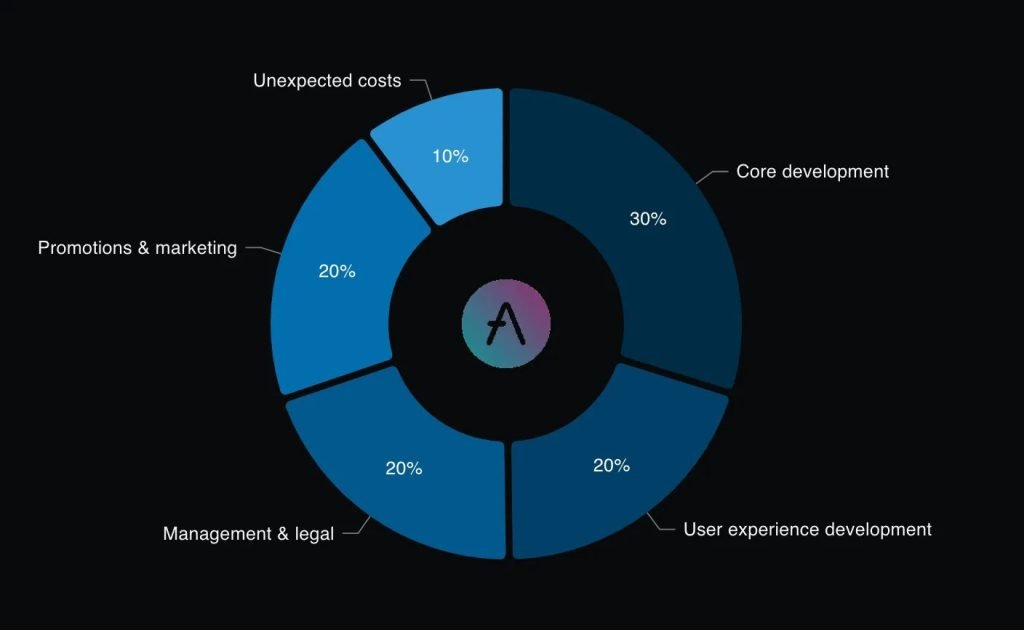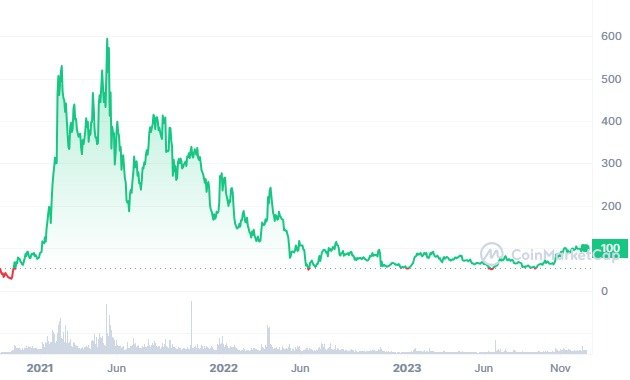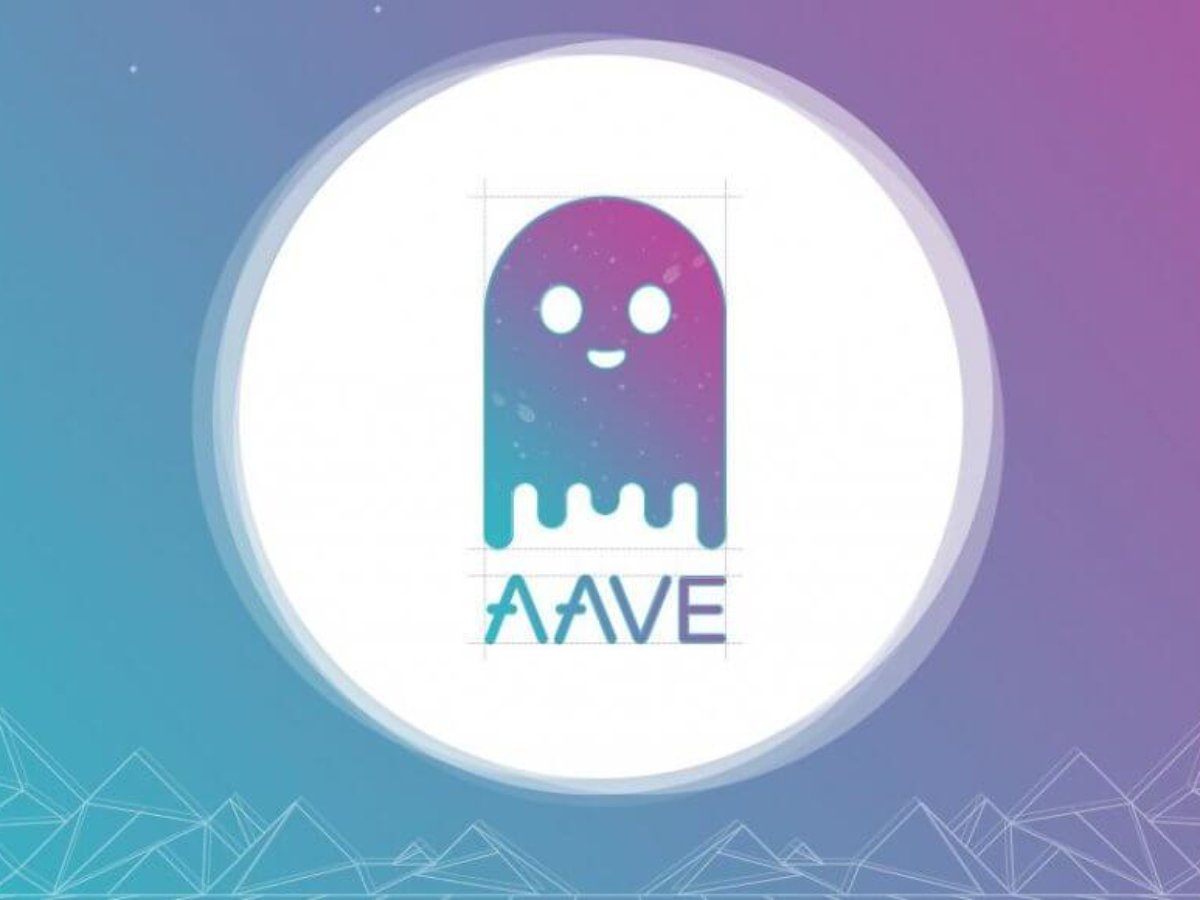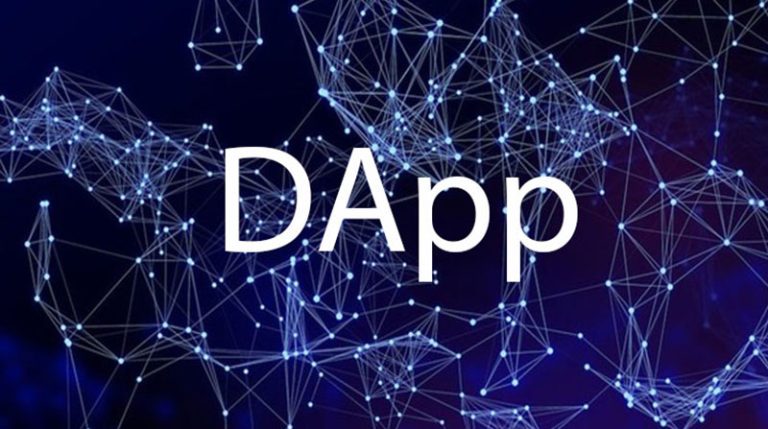Introduction
Aave runs on Ethereum blockchain and it’s a DeFi decentralized finance protocol designed as an open source, decentralized money market or lending system. With Aave, you can lend, borrow, and earn interest on 17 different cryptocurrencies without any intervention from a middleman or third party.
Overview
Aave is best described as a system of lending pools. Participants deposit funds they wish to lend, which are then collected into a liquidity pool. Borrowers may then draw from those pools when they take out a loan. These tokens can be traded or transferred as a lender wishes.
When you request a loan, you have to post collateral of your crypto assets, against which you are issued a different cryptocurrency. Marked with Aave tokens, you can use each transaction to borrow or lend. When you lend your crypto assets to another party, your Aave token indicates the amount loaned, and you earn the lending interest accordingly. Aave offers a comparatively higher lending percentage of crypto 75% against collateral.
Aave attempts to tackle some of the most pressing issues facing traditional lending services. As with all DeFi, the project’s main goal is to convert centralized financial services over to their decentralized equivalents. In a normal lending scenario, the banks would lend out your funds and earn interest.
Background

Aave’s history dates back to November 2017, when Stani Kulechov launched ETHLend with his Helsinki-based team. Since then, ETHLend has evolved into Aave, incrementally upgraded with more and more features. Aave is the most well known Finnish crypto project.
Tokenomics

The total supply of AAVE is capped at 16M tokens. Of this amount, 13M were redeemed by LEND token holders and the remaining 3M were sent to the Aave Ecosystem Reserve. The Aave protocol will distribute AAVE tokens to incentivize supplying and borrowing assets across its different chain deployments.
Use cases:
– Governance. Aave tokens provide governance rights to token holders so that they can vote for or against the network’s Improvement Proposals.
– Collateral for Loans.
– Staking.
Aave can be purchased at top cryptocurrency exchanges like Binance, BlueBit, UEEx, OKX, and Bybit.
How to Store Aave:
– Step 1: Download Atomic Wallet for your device and install it.
– Step 2: Enter a password you can remember.
– Step 3: Atomic Wallet will show you a unique 12 word phrase.
– Step 4: You will see a list of coins you can use in Atomic Wallet.
– Step 5: Scroll and find Aave or search using the handy search box on top of the coins list.
If you click on Aave you can check out more details such as every past transaction.

Features and Functionality
Aave is a decentralized cryptocurrency platform that allows users to borrow and lend crypto. Aave uses smart contracts to automate the process, with preset rules on how funds are distributed, how collateral is handled, and how fees are assessed.
Advantages
– Portal technology allows for a seamless flow of funds between Aave V3 markets and different networks, creating a step change in cross chain liquidity.
– Multi chain strategy now allows Aave to be used by more crypto users and with lower fees.
– A discounted borrowing fee and a higher amount of borrowing are allowed if the collateral is Aave coin.
Risks and Challenges
- Over collateralization is Aave’s biggest problem. This policy means that customers must lock up crypto assets worth much more than the amount they want to borrow.
- Yields are typically lower than most, newer DeFi products.
- The centralization of wealth in the top 10% of wallets could cause governance issues.
Conclusion
Aave is a decentralized cryptocurrency platform that allows users to borrow and lend crypto. Aave uses smart contracts to automate the process, with preset rules on how funds are distributed, how collateral is handled, and how fees are assessed.
Aave specializes in overcollateralized loans, meaning that users will need to deposit crypto worth more than the amount that they wish to borrow. This protects lenders from losing money due to loan defaults and allows the Aave protocol to liquidate the collateral if it drops too much in value.
Aave also offers a native crypto token (AAVE) that can be traded on most exchanges or staked in the Aave platform to earn interest. Staking is how crypto miners earn rewards for validating transactions on a proof of stake blockchain like the one that underlies Aave.
Sources:
https://www.coindesk.com/price/aave/#:~:text=Aave%20(AAVE)%20is%20the%20native,all%20without%20needing%20a%20middleman.
https://coinswitch.co/coins/aave/#:~:text=Aave%20is%20a%20DeFi%20
https://coinmotion.com/what-is-aave-crypto/




